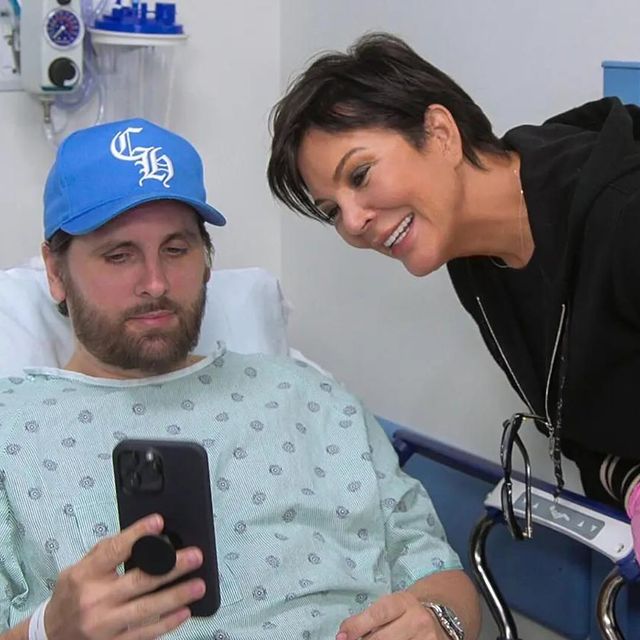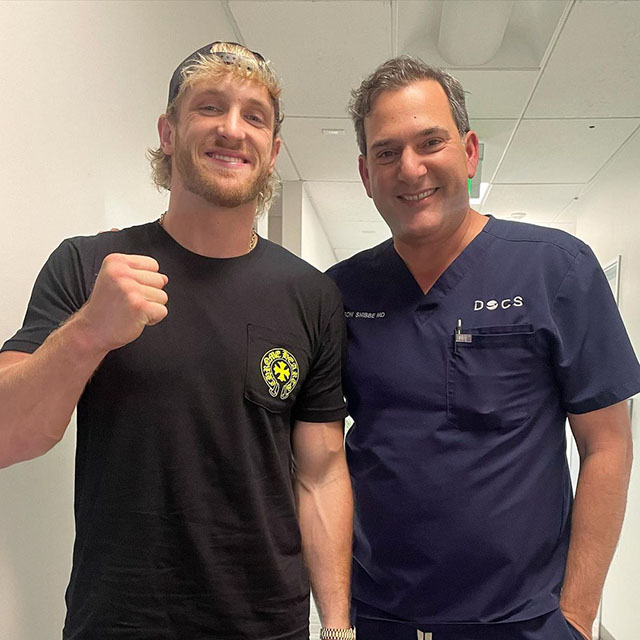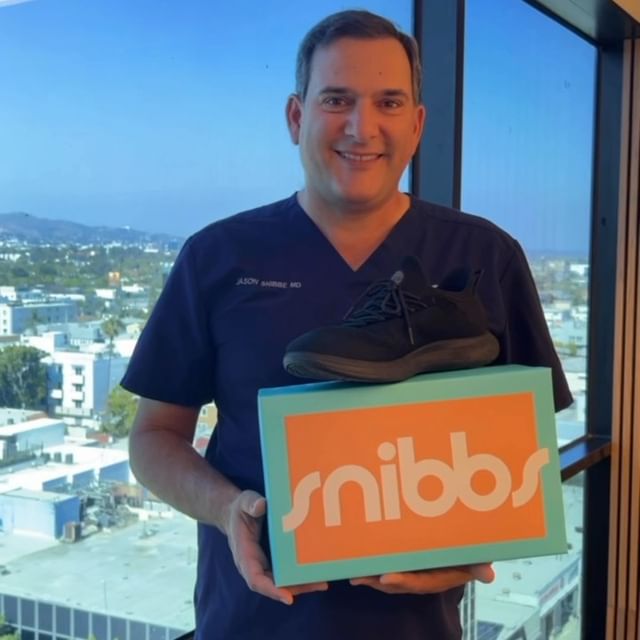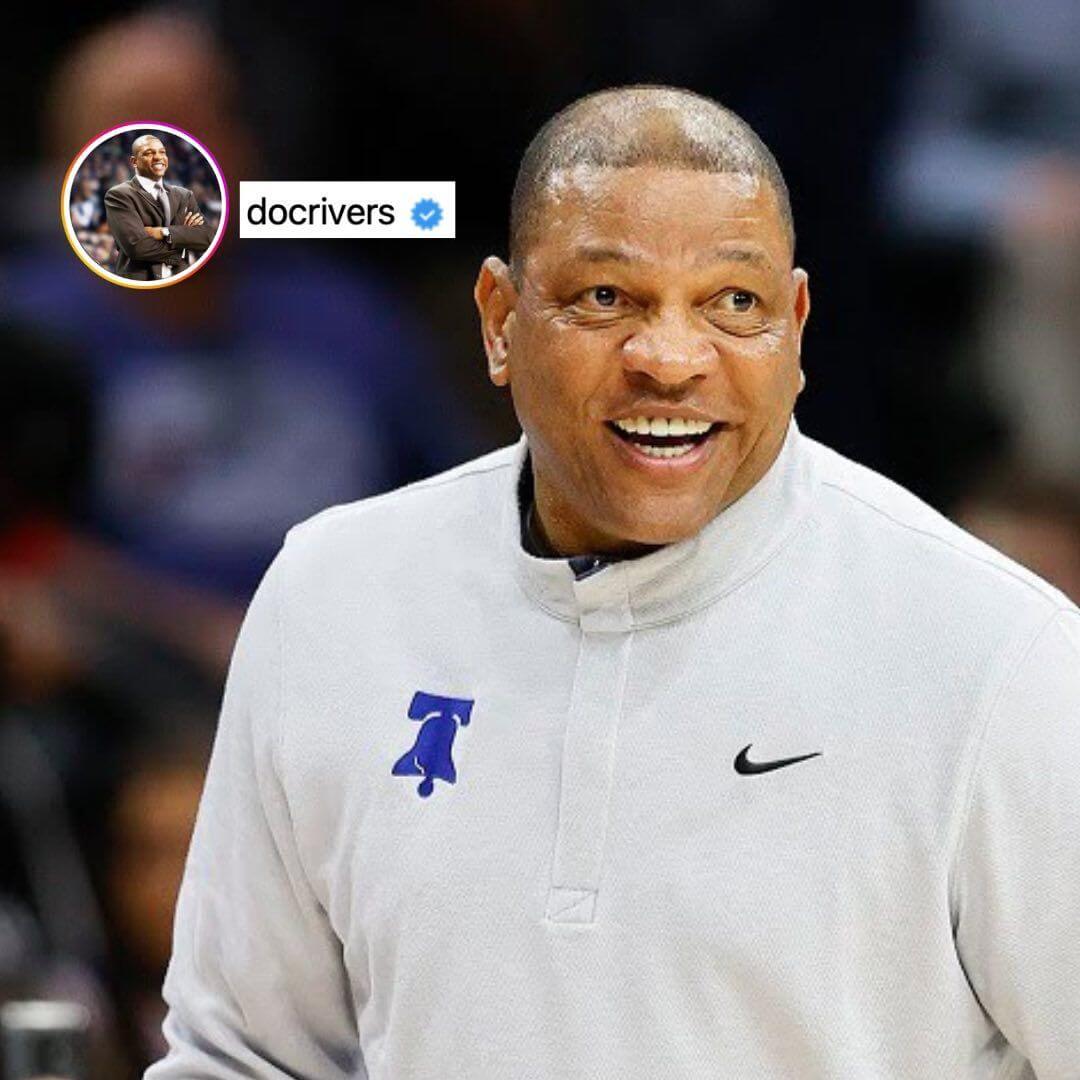Shoulder Arthroscopic Rotator Cuff Repair
in Los Angeles, CA
The rotator cuff is a vital part of one’s mobility, responsible for a large share of the arm’s movements. It is a group of tendons and muscles comprising the supraspinatus, infraspinatus, teres minor, and subscapularis. This intricate network plays a pivotal role in stabilizing the shoulder joint, allowing for a wide range of motion and facilitating daily activities. When rotator cuff injuries occur, and conservative treatments fail to alleviate symptoms like pain, weakness, or limited range of motion, surgical options, including arthroscopic repair, may be considered.
Shoulder arthroscopic rotator cuff repair is a highly effective and minimally invasive approach to addressing rotator cuff injuries. By understanding the anatomy of the rotator cuff, recognizing indications for surgery, and following a comprehensive rehabilitation plan, patients can often achieve significant improvements in shoulder function and regain their quality of life.
As with any surgical procedure, close collaboration with the healthcare team and adherence to postoperative care instructions are crucial for optimal outcomes and a successful recovery.
Snibbe Orthopedics in Los Angeles, California, offers high-quality surgical procedures and compassionate care, including arthroscopic rotator cuff repair to restore function and alleviate pain.
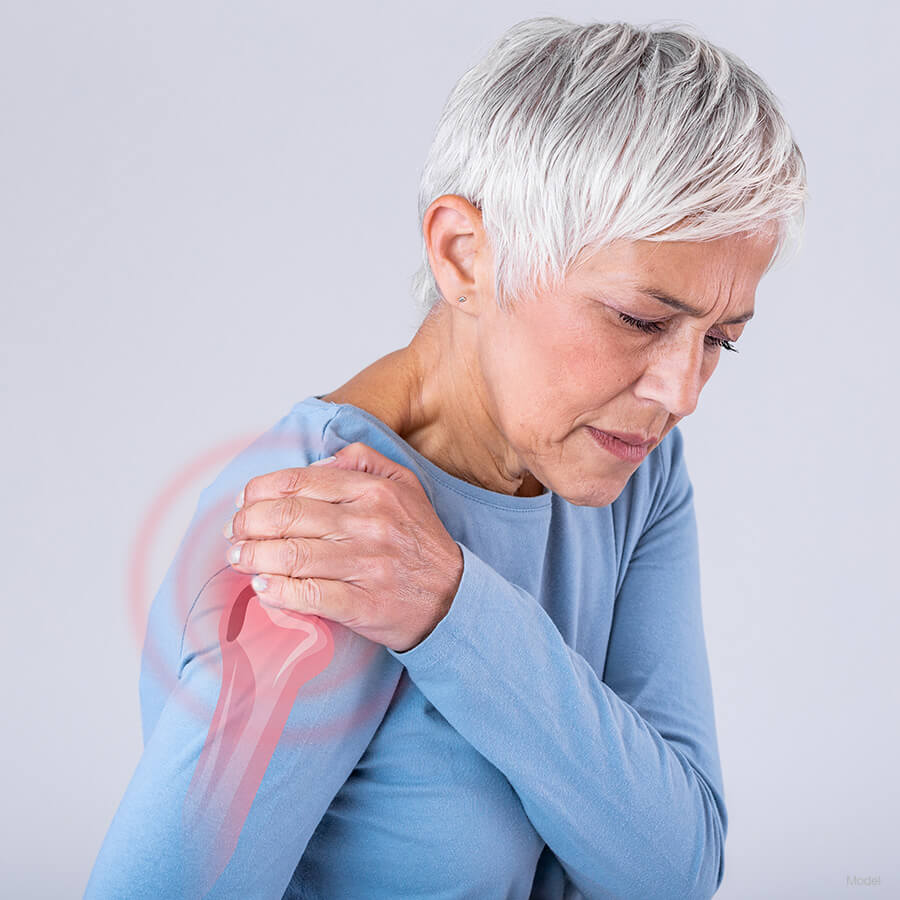
Are You a Candidate for Shoulder Arthroscopic Rotator Cuff Repair?
A consultation is needed to determine if you are a good candidate for this procedure. Dr. Snibbe will review your medical history, ask about your symptoms, examine the area, and order imaging.
- The physical examination includes assessment of shoulder strength, range of motion, and signs of impingement or instability.
- X-rays will reveal bone abnormalities or joint changes associated with rotator cuff injuries.
- Magnetic resonance imaging (MRI) provides detailed images of the rotator cuff to further evaluate the extent and location of the tear.
- Patients over the age of 70 typically do not undergo rotator cuff repair because the failure rate can be as high as 50%. In those patients, physical therapy, platelet rich plasma, injections, and activity modification are the main treatments.
- Sometimes patients with higher grade, partial thickness, tears of the rotator cuff require surgery. Typically if the tendon is torn, 50% or more surgery is indicated to repair the tendon.
Common causes of rotator cuff injuries include repetitive overhead activities or age-related degeneration, which can contribute to wear and tear on the rotator cuff.
Traumatic injuries from falls, direct impact, or sudden movements may also result in acute injuries, including tears or strains in the rotator cuff.
Arrange for a rotator cuff consultation in Los Angeles by calling Dr. Snibbe’s office at (310) 860-3048.
Benefits of Shoulder Arthroscopic Rotator Cuff Repair
Arthroscopy is a minimally invasive surgical technique and can be performed in conjunction with an arthroscopic subacromial decompression and distal clavicle excision for the treatment of shoulder impingement accompanying a rotator cuff tear.
When more conservative treatment fails, shoulder arthroscopic rotator cuff repair can relieve pain and restore range of motion with less downtime than more invasive surgical procedures.
How Is Shoulder Arthroscopic Rotator Cuff Repair Performed?
Shoulder arthroscopic rotator cuff repair is a specialized surgical technique designed to address injuries to the rotator cuff, a critical component for shoulder stability and movement.
This procedure is often performed on an outpatient basis, allowing patients to return home on the same day. Regional anesthesia, such as a nerve block or interscalene block (ISB), is commonly employed to manage pain during and after the surgery.
Incisions
Arthroscopic surgery involves making small incisions through which a tiny camera (arthroscope) and specialized instruments are inserted.
Visualization of the Cuff
The arthroscope provides a magnified view of the damaged rotator cuff, assisting Dr. Snibbe in precise navigation.
Tendon Preparation and Repair
The torn tendon is carefully mobilized, and any frayed or damaged tissue is trimmed. The repaired tendon is then reattached to the bone using specialized anchors, ensuring a secure and stable fixation.
Recovery from Shoulder Arthroscopic Rotator Cuff Repair
The arthroscopic approach involves smaller incisions, shorter length of surgery, and less trauma, leading to a quicker recovery. Most patients can return to regular activity within a few weeks, depending on the extent of damage.
Immediate Post-Surgical Period
A sling is typically worn to immobilize the shoulder and promote healing while minimizing strain on the repaired tendon. Dr. Snibbe will prescribe pain medications, and ice packs can also reduce swelling and manage postoperative discomfort.
Physical Therapy
Gradual and controlled range of motion exercises are guided by a physiotherapist to prevent stiffness and promote healing. As the healing progresses, specific exercises are incorporated to strengthen the repaired rotator cuff. These exercises may be performed at home, in-office, or a combination of both.
What Results Can I Expect After Shoulder Arthroscopic Rotator Cuff Repair?
Arthroscopic rotator cuff repair has shown high success rates in relieving pain, restoring function, and improving quality of life, with most patients experiencing significant improvement in shoulder function.
Participating in physical therapy and following Dr. Snibbe’s instructions are essential to a satisfying outcome.
How Much Does Shoulder Arthroscopic Rotator Cuff Repair Cost?
Arthroscopic rotator cuff repair costs are based on the extent of your injury and surgical plan. Dr. Snibbe will provide an inclusive cost estimate after your consultation.
Your Los Angeles Shoulder Arthroscopic Rotator Cuff Repair
Dr. Snibbe is currently accepting new patients, and patients with shoulder pain or dysfunction in Los Angeles, Hollywood, and San Fernando Valley are encouraged to contact our office. Patients traveling to the Los Angeles area for expert orthopedic care are also welcome.
To schedule your arthroscopic shoulder rotator cuff repair, call (310) 860-3048.
Shoulder Arthroscopic Rotator Cuff Repair FAQ
How do I know if I need arthroscopic shoulder rotator cuff repair?
Indications for arthroscopic shoulder rotator cuff repair depend on the size and severity of tears: primarily large or full-thickness tears and failed conservative treatment.
Smaller or partial tears may be initially managed with conservative treatments such as physical therapy or medications.
What are some potential complications of arthroscopic shoulder rotator cuff repair?
Infection: Although rare, infection is a potential complication that requires prompt medical attention.
Re-tear of the cuff: In some cases, despite successful repair, a re-tear may occur, necessitating further evaluation and treatment.
When can I return to my normal activities, including sports?
The timing for returning to sports or more strenuous activities is individualized, depending on the extent of the repair and the patient’s progress.
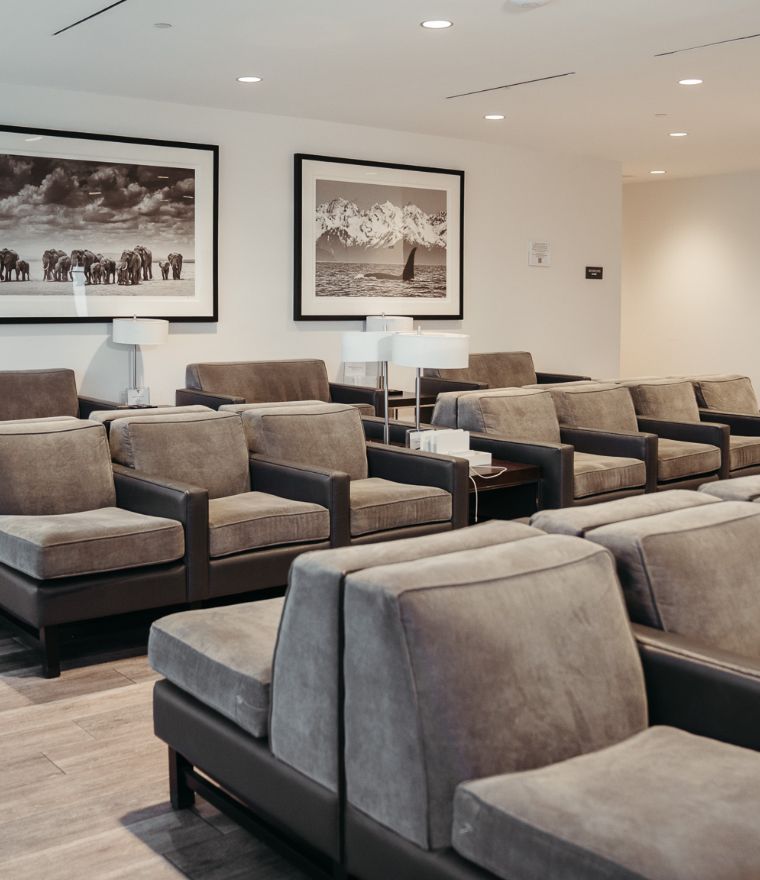
Please call (310) 860-3048 to reach our Los Angeles orthopedic office if you have hip pain or any problems with your shoulders, elbows, or knees.

